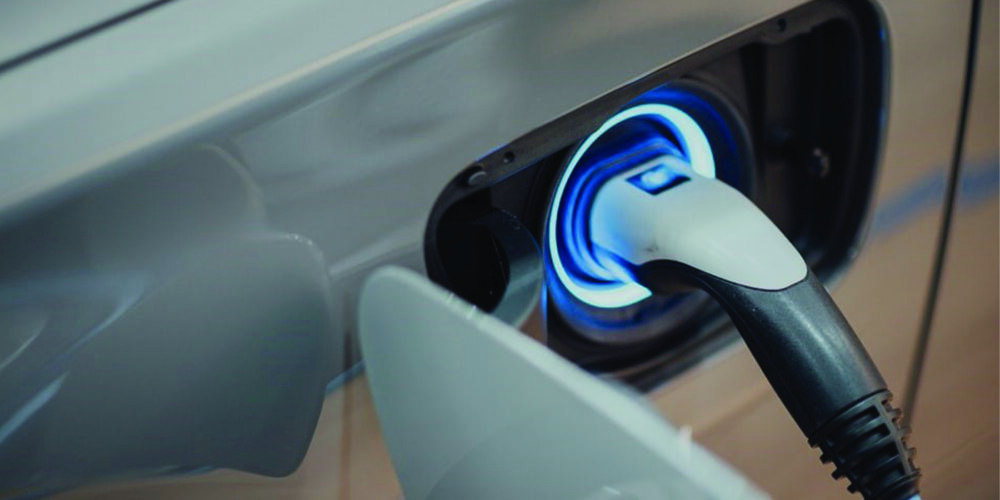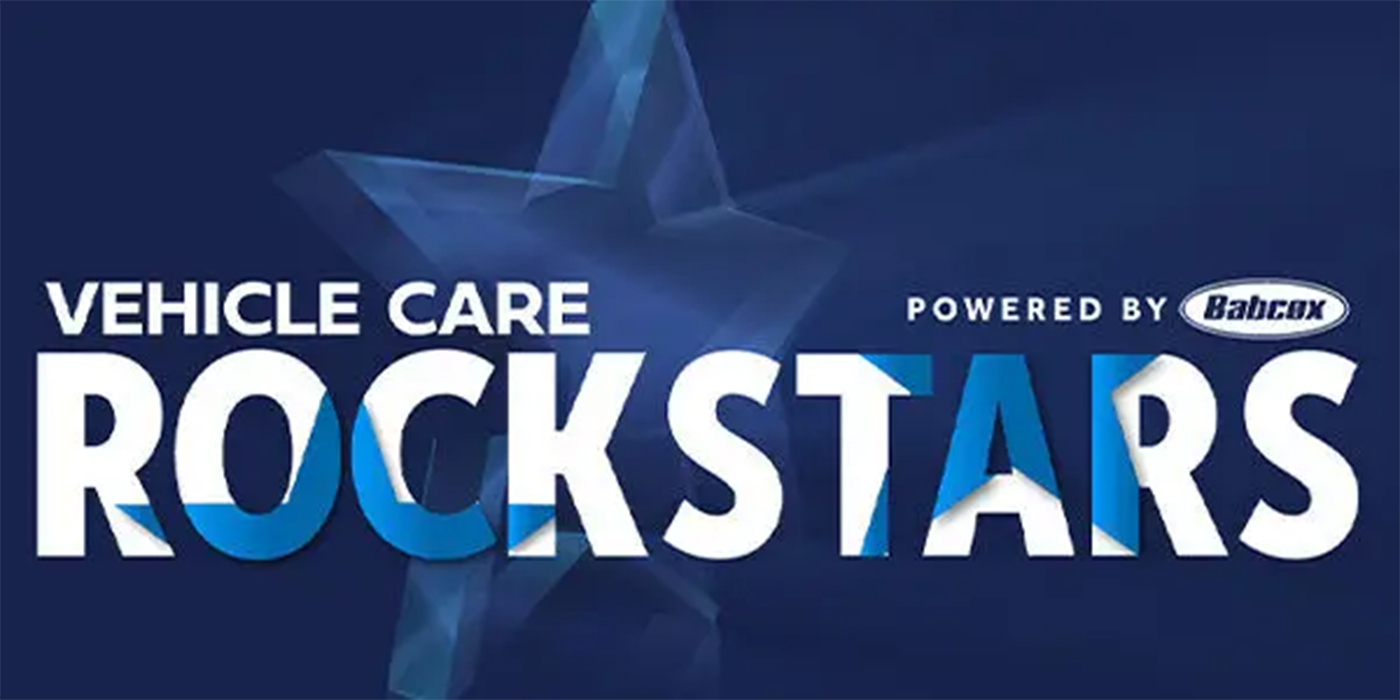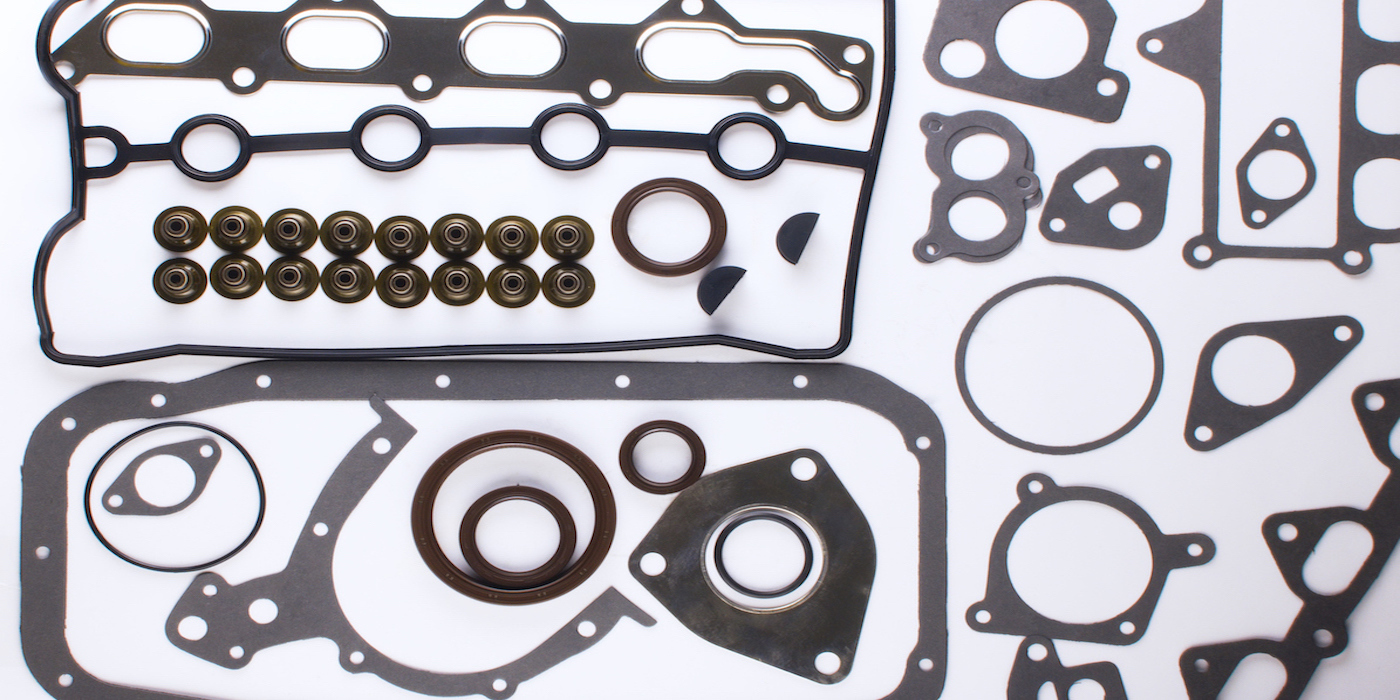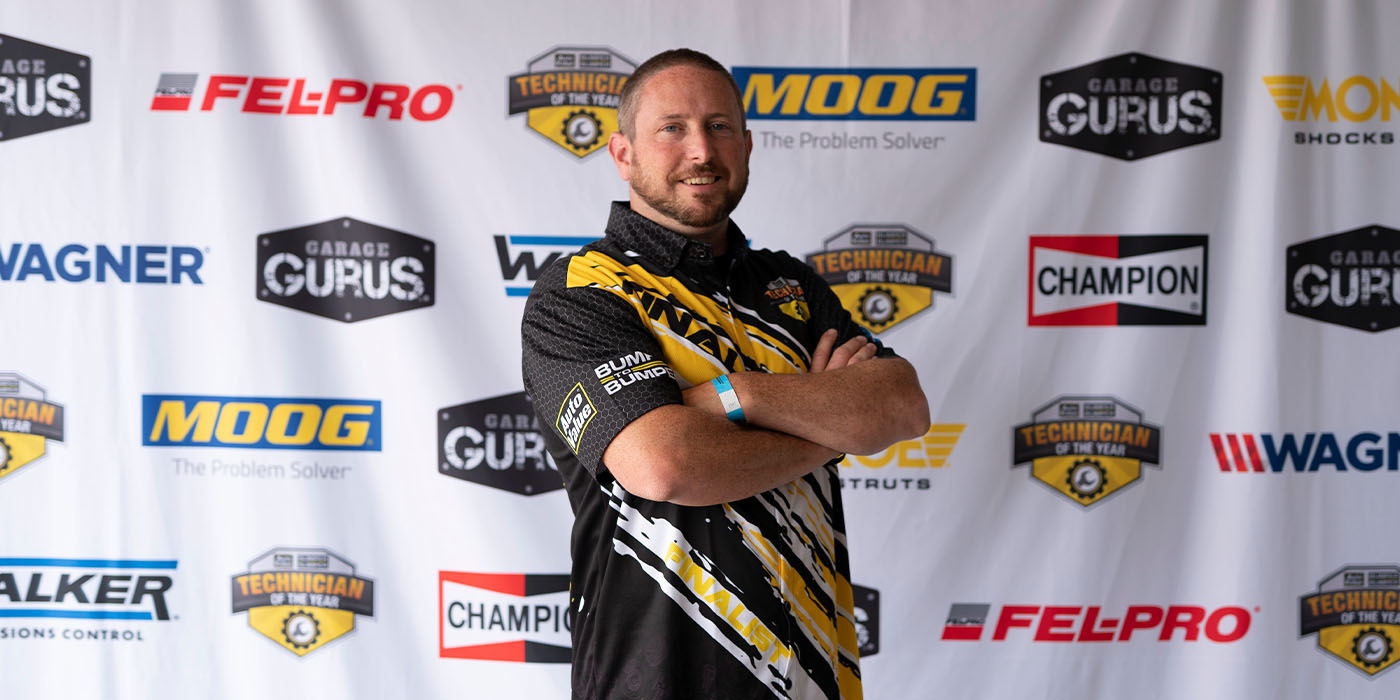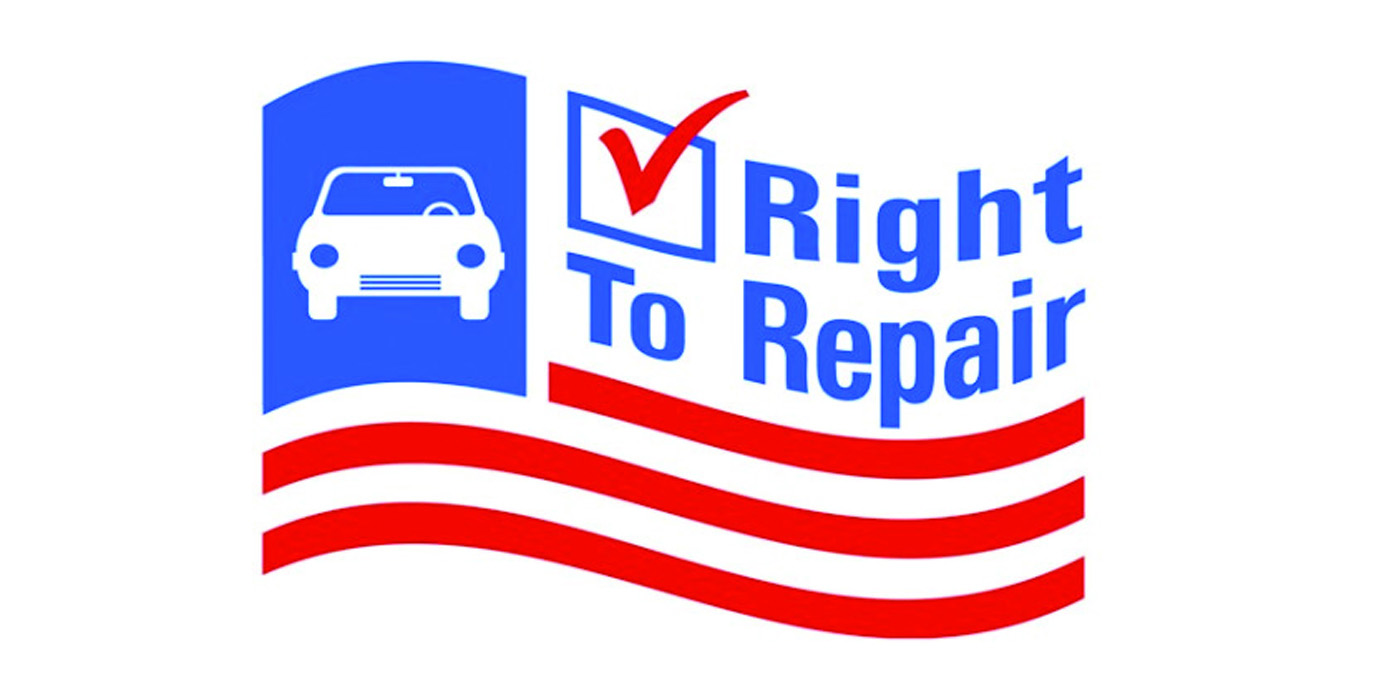Do you remember the internet “bubble” in 1999 that caused financial ruin for many due to business plans that never had a plan to make money? Right now investors in autonomous vehicle technology are many; the money involved is breathtaking; and the risk is enormous for all but the few who will survive.
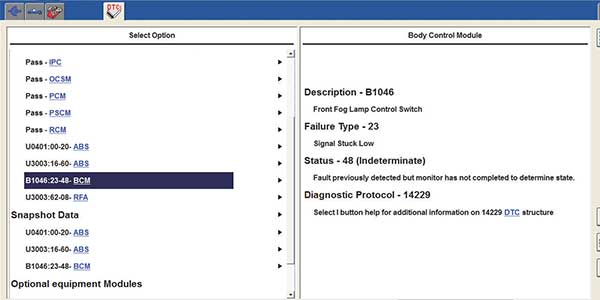
Enter the Consumer Electronics Show. CES is about the future, and speaking first-hand as an attendee in January, the futuristic automotive technology booths are so well executed that it’s easy to forget they are mostly concepts that are many years away from becoming a reality. It is a certainty that all of the players in the space cannot be winners. There were, however, several quietly mature products that I thought deserved some attention.
First up is a company named Renesas that produces electronic chips. If you drive a car, there is a very high likelihood that it has at least one of Renesas’ products in it. Their focus is reducing the energy that is used in the vehicle electrical system at the processing chip level. A company spokesperson pointed out that as more electrification comes to cars, range is in the forefront of designers’ minds. One of their techniques is to take modules to a low-power mode when they are not being called upon to perform.

The company also works on cybersecurity at a chip level to help a vehicle “heal” from an attack — not by utilizing a central control processor, but through the old-school approach of multiplexed modules that are more energy-efficient and cyber-secure. Learn more at: bit.ly/2nuePwK.
Internal combustion engines are here for at least another 65 years in one role or the other, according to Delphi. Like other Tier 1 companies in the space, Delphi has focused on end-to-end solutions for engine management. They have an amazing approach to cylinder deactivation called Tula, 48-volt centrifugal superchargers and a fully integrated engine management platform. But, even with all of these efficiency upgrades, their approaches bring a very unlikely solution combined with the engine management and a 48-volt light hybrid package that turned up a 20% fuel mileage increase. Call it giving the car the ability to plan ahead.
Delphi is working in a virtual environment with The Ohio State University, and they have “taught” a vehicle to analyze upcoming road loads, stoplights, traffic and other conditions to maximize the use of cylinder deactivation — which is variable as to both cylinder choice and percentage. Friends, can you say reduced pumping losses? Learn more here: bit.ly/OSU-Delphi.
While the previous vehicle clearly will be using Vehicle to Infrastructure (V2X) to pull off its little miracles, the last product surprisingly is not even connected to a V2X platform. Steer, in conjunction with partner Visteon, demonstrated what appears to be a garden-variety Ford Fusion with no cables or hardware hanging on the outside of it. The driver can outsource the most annoying part of urban driving — parking. Simply stop at your destination and send your car to find a parking place, pay and park all by itself. Using a camera, radar and ultrasound as its primary inputs, the Fusion parks itself and waits until you use the app to summon it to pick you up. There are no $30K sensors involved either. In fact, there is a retrofit version aimed squarely at shops to become the certified installer of the product on most 2012 or newer vehicles with an automatic transmission and EPAS. You simply have to see this product to understand how elegant and stand-alone it is. Learn more here: steer-tech.com/#about.
As a technician, I look at many of these new technologies as components of a technology “cold war” that is looking for a handful of winners. These were just a few companies that quietly sidestepped the hype to deliver new products that are not only useful, but have an application today.





